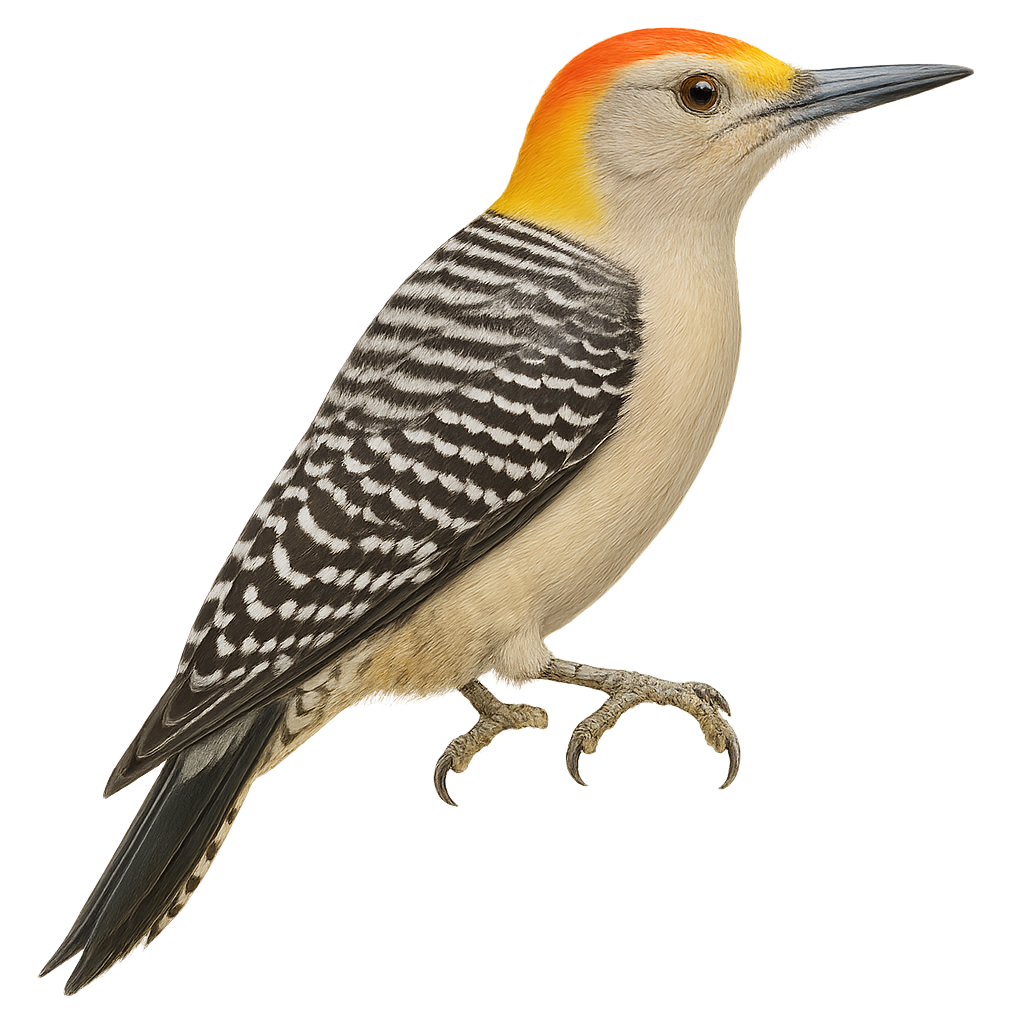Your wildlife photography guide.
Explore the golden-fronted woodpecker in detail, study its behavior, prepare your shots.
Where to observe and photograph the golden-fronted woodpecker in the wild
Learn where and when to spot the golden-fronted woodpecker in the wild, how to identify the species based on distinctive features, and what natural environments it inhabits. The WildlifePhotographer app offers tailored photography tips that reflect the golden-fronted woodpecker’s behavior, helping you capture better wildlife images. Explore the full species profile for key information including description, habitat, active periods, and approach techniques.
Golden-fronted Woodpecker
Scientific name: Melanerpes aurifrons

IUCN Status: Least Concern
Family: PICIDAE
Group: Birds
Sensitivity to human approach: Suspicious
Minimum approach distance: 10 m
Courtship display: March to June
Incubation: 12-14 jours
Hatchings: March to June
Habitat:
Open forests, woodlands, semi-arid regions
Activity period :
Primarily active during the day, with peak activity in the morning and late afternoon.
Identification and description:
The Golden-fronted Woodpecker, Melanerpes aurifrons, is a medium-sized bird, measuring about 20 to 24 cm in length. It is easily recognizable by its distinctive plumage, featuring a black and white striped back and a head adorned with a golden patch on the forehead. Males have a red crown, while females have a more subdued head. This woodpecker is primarily insectivorous but also feeds on fruits and seeds. It inhabits various environments, including open forests, woodlands, and semi-arid regions from the southern United States to Honduras. Known for its noisy behavior, it often drums on tree trunks.
Recommended lens:
400mm – adjust based on distance, desired framing (portrait or habitat), and approach conditions.
Photography tips:
To photograph the Golden-fronted Woodpecker, it is advisable to use a telephoto lens of at least 400mm to capture precise details without disturbing the bird. Look for areas where these woodpeckers are active, such as open forests and woodlands. Be patient and discreet, as although they are suspicious, they can get used to your presence if you remain still. Take advantage of moments when they drum on trees to get dynamic shots.
The WildlifePhotographer App is coming soon!
Be the first to explore the best nature spots, track rutting seasons, log your observations, and observe more wildlife.
Already 1 431 wildlife lovers subscribed worldwide

